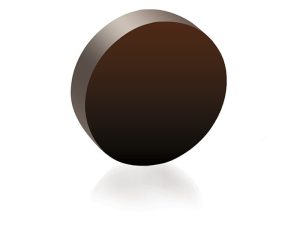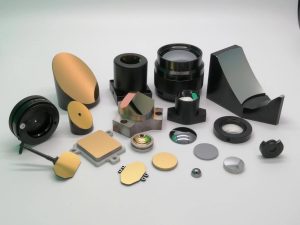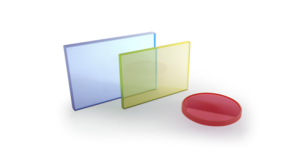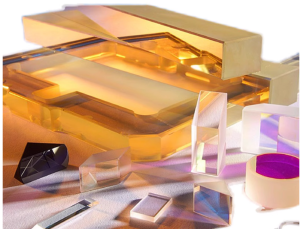At present, lasers have many applications in modern manufacturing. The output power range of lasers ranges from tens of watts to hundreds of kilowatts, which can be used in various processes; Low power levels are mainly used for marking and engraving, while high power levels can easily and accurately complete cutting and welding.
In current manufacturing, depending on the power of the laser, we can widely use it for plastic parts to perform plastic cutting operations. Laser can be used for fabric cutting and laser processing, which is not limited to cutting, drilling, and trimming. Laser can be used for surface texture processing. Laser only provides enough energy to ablate the surface without ablating other parts of the material. This technology can easily achieve precise geometric control, corrosion depth and mode control, as well as surface texture control. In a sense, laser processing technology can replace traditional manual processing, saving a lot of time while also improving the quality and consistency of processing.

Laser processing is efficient and reliable, and consistent high-quality cutting can minimize waste of raw materials.
However, laser processing can cause high-energy damage during the trial process. With the development of laser technology, higher requirements have been put forward for laser protective filters in laser processing. In order to ensure that the photosensitive components of the photoelectric detection system are not damaged by the laser and protect the personal safety of laser operators, the demand for laser filters is also increasing.
High power lasers have the characteristic of high energy, and direct irradiation of laser light sources on optoelectronic imaging systems can damage optoelectronic components and even harm the safety of operators. So in order to avoid damage to instruments and equipment from high-energy lasers in the application of lasers, we must equip laser protective filters with laser protection effects.



